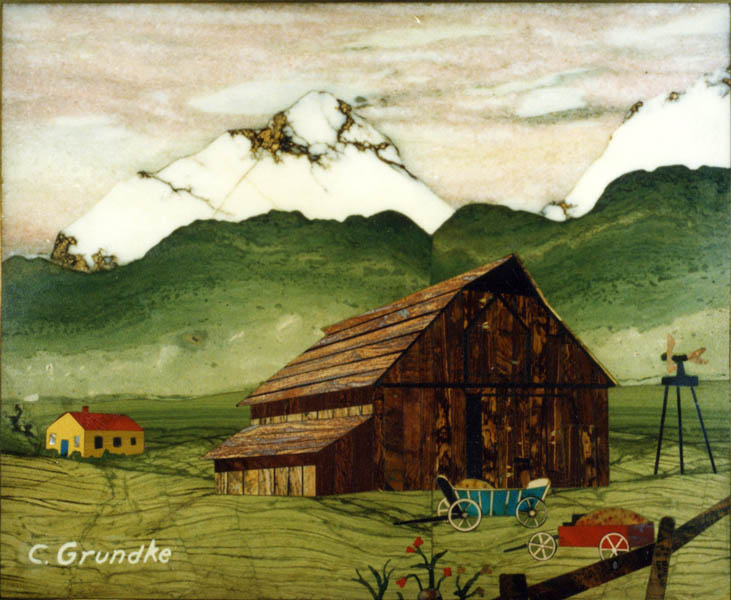|
Intarsia story. Excerpt from the Forward to Anna Maria Giusti's book Pietre Dure by Alvar Gonzalez Palacios and an Excerpt from the Preface to June, Culp Zeitner's book Gem and Lapidary Materials.
This fine artwork is one of the most durable masterpieces ever created. Little known outside their small circles, these fine artists labor long and hard to create beauty, only for itself and not for monetary gain, fame, or even recognition (although some have achieved such). Their dedication, humility, perseverance, and skill reflect what true Fine Art is all about. The medium used is the hardest medium known: gemstones. The use of hard stones takes patience, supreme skill, and true love of the creative process. The natural colors, textures, and patterns of these pictures made of stone are exquisite and far superior to any man-made paint or other media. This form of artwork is derived from the great Italian tradition of Florentine mosaics or pietre dure, petra duro. There are practitioners of this art left in Italy, but those that still use the traditional techniques are few. Here in America, this art form has been revived by a group of dedicated artists beginning in the 1930's, who developed their own techniques using whatever tools and machinery were available. In order to produce these difficult and time consuming masterpieces, years of living and experience are necessary to develop the mind set required; so most of these artists are or were elderly and retired from the workplace. However, among several tribes of the Native American community, this tradition now spans into a fourth generation. These commessi di pietre dure e tenere (intarsias) represent one of the highest levels of creative achievement in American Art History. This Rock Painting was made by the great Conrad Grundke. I'm so impressed and proud to have this DVD, Don.
 |


